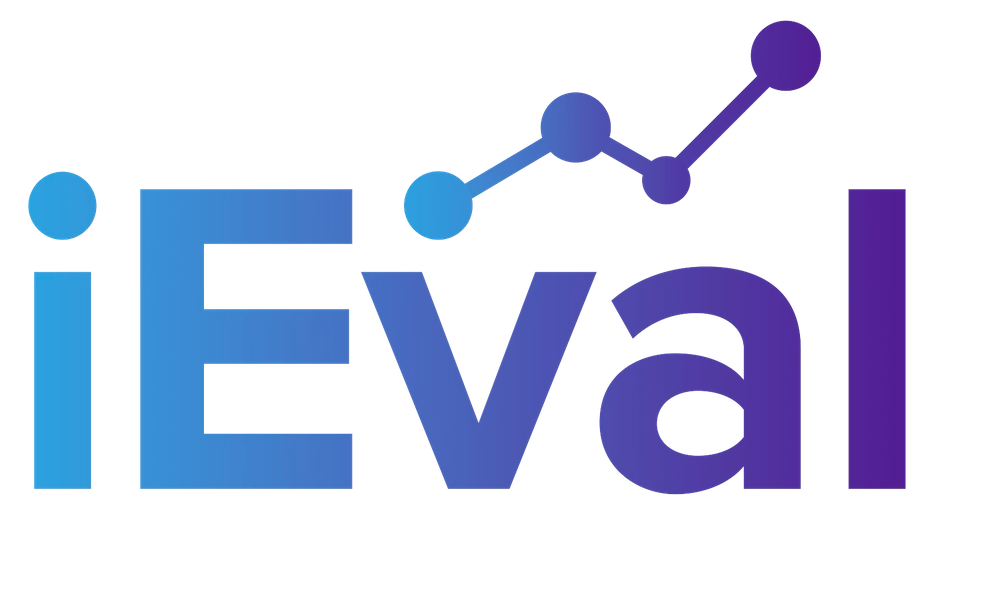In my last post (week 42) I talked about how an evaluator can help an organization use the data they are already collecting. The tool I talked about is for the evaluator to create tables outlining current, past, and possible data collection efforts. These tables help an evaluator and organization understand what data are available, how the data are collected, what questions are answered by the data, and stakeholders for the data. In this post we’ll start to break down those tables and further investigate other ways to think through already existing data.
One way to think about it is through alignment and purpose of the data. What was the purpose, objectives, and intended use of the data that has been collected? Answering the following questions will help the evaluator and organizations better understand the data that exists.
If you’re faced with existing data, some questions to ask the organization you’re working with around alignment and purpose:
- What was the original purpose for collecting the data (why)?
- What was the original context for the collection of the data (who, how)?
- What was the context for the intended use of the existing data?
- After reviewing the data does the evaluator have any measurement concerns with the data? Consider the methodology for the previous data collection, including sampling.
- Is the data relevant for the current project? Does the data provide the appropriate information to answer the present evaluation questions?
- Is there consistent use of language? Is the language understandable?
DR. EVERETT’S USEFUL TIP: If you’re faced with a new project or client, or just want to make sure you are clear on why data are being collected, dig deeper into the purpose and alignment of existing data.

